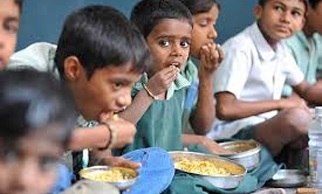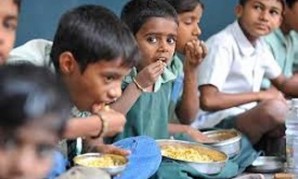
Poverty in India has registered a declining trend due to rise in per ca pita income. Poverty ration declines to 21.9 per cent in 2011-2012. As per the data of Planning Commission, poverty ratio in India has gone down to. 21.9 percent in 2011-12 from 37.2 percent in 2004-05 due to increase in per ca pita consumption, In 2011-12 the national poverty line for rural areas by using the Tendulkar methodology is appraised at Rs 1,000 per ca pita per month in urban cities and Rs 816 per ca pita per month in rural areas. According to this scale, the people whose spending on goods and services surpass Rs 33.33 in cities and Rs 27.20 per capita per day in villages are not poor or below poverty line. In reality there were 40.71 crore people below poverty line in 2004-05 as compared to 26.93 crore in 2011-12. The Commission’s press statement further said that for a household comprising of five members, the all India poverty line in terms of expenditure would amount of Rs 4,080 per month in rural areas and Rs 5,000 per month in urban areas. The Planning Commissioner reiterated that the poverty line from state to state will vary according to the circumstances. Their data reveals the percentage of persons below poverty line in 2004-05 was 41.8 percent in rural areas, 25.7 percent in cities and 37.2 percent in the country as a whole, while as in 2011-12 it stood at 21.9 percent for the country as a whole, 13.7 percent in urban areas and 25.7 percent in rural areas. This ratio for 2011-12 is based on the methodology suggested by Suresh Tendulkar Committee which factors in money spent on health and education besides calorie intake to fix a poverty line. The decline in poverty is chiefly due to rising real per capita consumption figures based on 68th round of National Sample Survey on Household Consumer Expenditure in 2011-12 in India.

